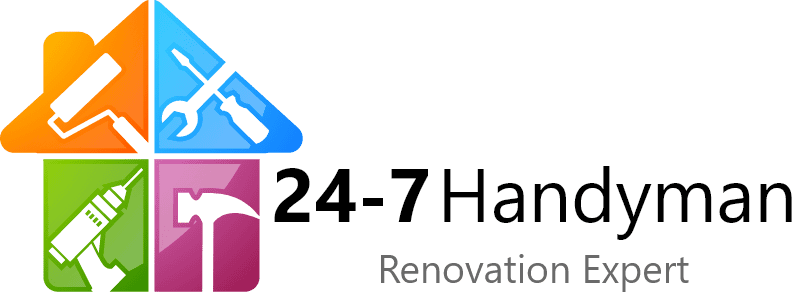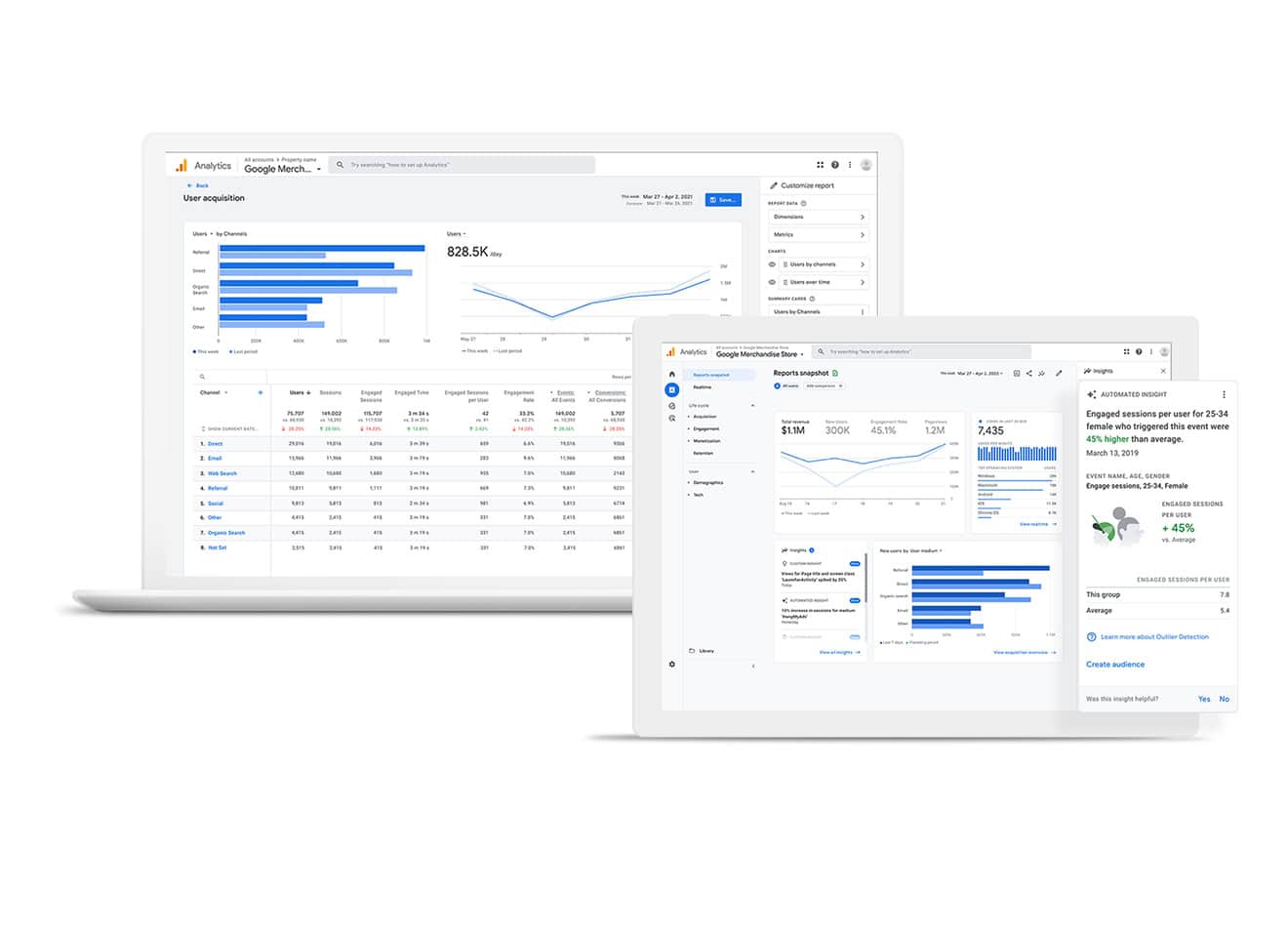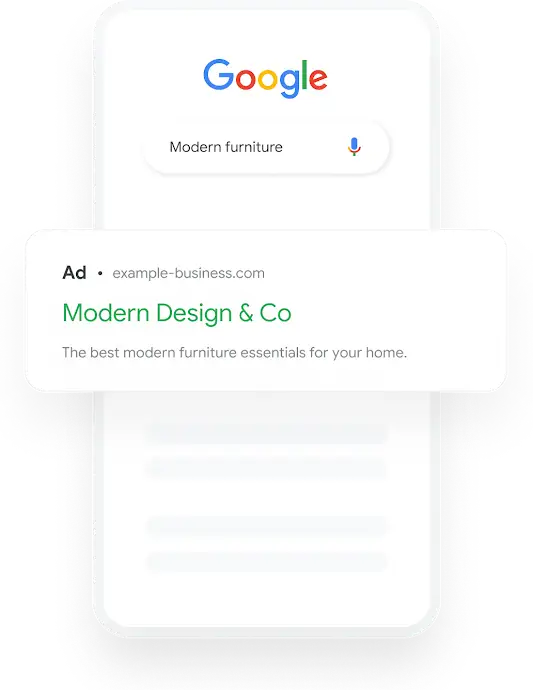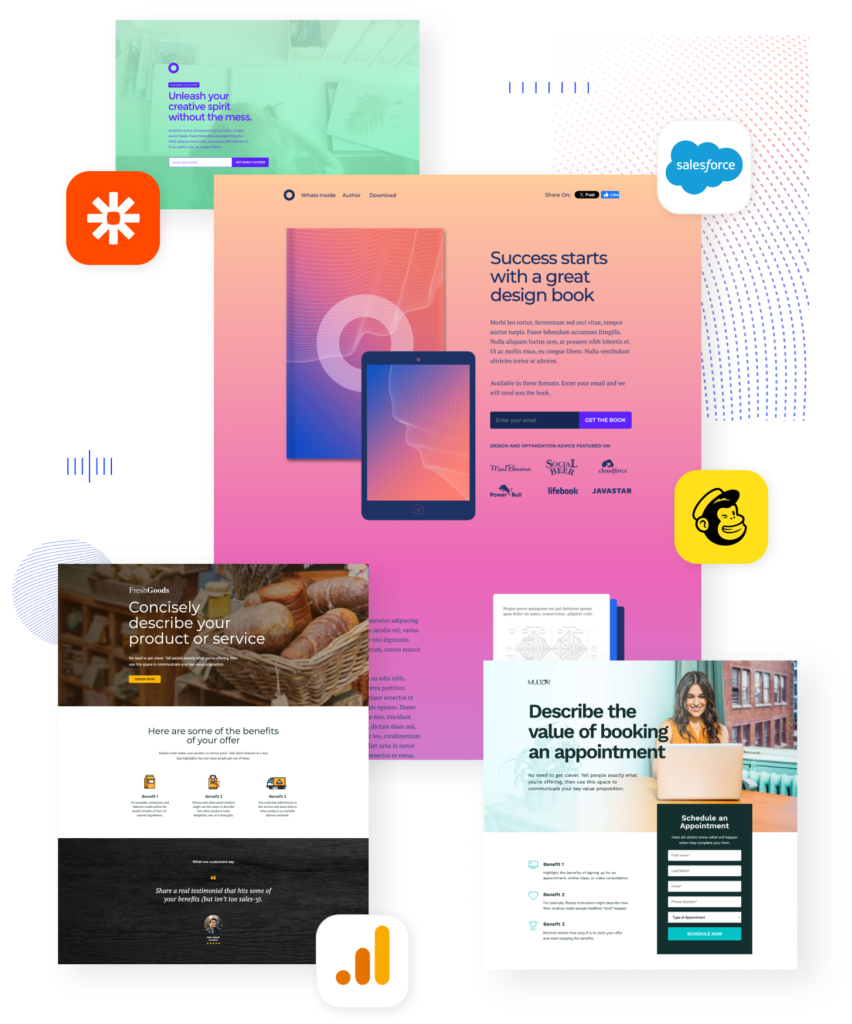Optimizing Your Advertising Impact: Methods for Reaching High ROI In the constantly changing world of digital marketing, it is essential for companies of all sizes to know how to optimize their return on investment (ROI) in advertising. By using the appropriate tactics, businesses can guarantee that every dollar spent on advertising produces measurable outcomes in addition to increasing their visibility. From using data analytics to embracing creative ad formats, this article explores a number of ways to maximize your advertising efforts. One important indicator of an advertising campaign’s profitability is return on investment, or ROI.
Key Takeaways
- ROI in advertising is crucial for measuring the effectiveness and success of ad campaigns.
- Data and analytics play a key role in targeting the right audience and optimizing ad campaigns for better ROI.
- A/B testing helps in identifying the best-performing ad variations and optimizing ad performance.
- Retargeting and remarketing strategies are essential for re-engaging potential customers and increasing ROI.
- Conversion rate optimization techniques are important for maximizing the ROI of ad campaigns.
It gives you information about how well your marketing budget is working. While a low ROI implies that changes might be required, a high ROI shows that your campaigns are successful in producing revenue in relation to their costs. Businesses can allocate their resources more wisely when they have a clear understanding of this metric.
Moreover, concentrating on ROI aids marketers in setting priorities. Businesses can improve their strategies and increase their investment in high-performing channels by examining which campaigns produce the best results. This improves overall marketing efficiency in addition to maximizing profitability. Knowing & maximizing return on investment is not only advantageous in a cutthroat market where every dollar matters, but it is also necessary for long-term success.
Using analytics to create audience-resonant targeted ad campaigns is essential in today’s data-driven world. Businesses can learn a great deal about the demographics, preferences, & behavior of their customers by using tools like Google Analytics. gaining important insights. With the help of this information, marketers can efficiently divide up their audience & adjust their messaging.
| Ad Strategy | ROI Increase | Conversion Rate |
|---|---|---|
| Targeted Audience | 25% | 10% |
| Compelling Ad Copy | 15% | 8% |
| Optimized Landing Page | 20% | 12% |
You may design localized advertising campaigns that target a particular demographic, for example, if analytics show that a sizable section of your audience resides in that region. Optimizing advertising campaigns. You may determine the most effective times to run advertisements, the kinds of content that captivate your audience, & the platforms that they use by studying user behavior. Businesses can develop highly targeted campaigns that not only reach the right audience but also increase engagement and conversions by utilizing this data. With data-driven marketing, you can drive results. Businesses can design ad campaigns that are specific to the requirements and preferences of their target audience by utilizing analytics.
Marketers can more successfully accomplish their objectives and optimize their return on investment with this data-driven approach. By comparing two ad versions to see which one performs better, A/B testing, also known as split testing, is a potent technique for maximizing ad performance. With this method, marketers can test out various components, including calls-to-action, images, headlines, and even ad placements. Through methodical testing of these factors, companies can learn more about what appeals to their target market. The A/B testing procedure is simple but efficient. Choose a specific component to test first, like a new headline or an alternative image.
Make two copies of the advertisement, one with the variation and one with the original element. Analyze the outcomes using key performance indicators (KPIs) like click-through rates (CTR) and conversion rates after running both advertisements concurrently to a comparable audience segment. Regular A/B testing can eventually improve ROI and result in notable gains in ad performance.
Remarketing and retargeting are crucial tactics for re-engaging prospective clients who have already interacted with your business but did not become customers. These strategies entail showing users who have interacted with your content or visited your website targeted advertisements to remind them of your goods or services while they are on other websites. The value of retargeting is found in its capacity to maintain your brand at the forefront of prospective buyers’ minds. Retargeting ads can, for instance, remind a user of the products they viewed or provide incentives like discounts to entice them to return if they visit your e-commerce site but leave without buying anything.
By showing that you are aware of their interests, this individualized approach not only improves conversion rates but also fosters customer loyalty. Increasing the proportion of visitors who complete a desired action, like making a purchase or subscribing to a newsletter, is known as conversion rate optimization, or CRO. Making sure that more of your traffic turns into paying customers through the use of CRO strategies can greatly increase your return on investment. Simplifying navigation, increasing page load speed, and crafting effective calls-to-action (CTAs) are important CRO strategies. A high rate of users leaving their shopping carts, for example, can be a sign that the checkout process is too difficult or time-consuming.
You can lower friction and motivate more visitors to finish their purchases by simplifying this procedure and including obvious calls to action.
Frequent user behavior analysis using heatmaps and session recordings can also yield insightful information about areas that require improvement. focused marketing. Social media advertising’s ability to target is one of its main benefits. Based on demographics, interests, habits, and even previous brand interactions, advertisers can develop extremely targeted audience segments.
People who are most likely to be interested in your goods or services will see your advertisements thanks to this level of accuracy. analytics in real time. Marketers can monitor performance metrics in real-time with the help of social media platforms’ powerful analytics tools, which facilitate prompt campaign optimization for increased return on investment. ROI maximization.
Advertisers can increase their return on investment (ROI) and more successfully accomplish their marketing objectives by utilizing social media advertising’s targeting features & real-time analytics. A potent tactic for companies trying to establish a genuine connection with their audiences is influencer marketing. Businesses can increase their reach & gain the loyalty of their followers by collaborating with influencers who have built credibility and trust in particular niches. Influencer marketing offers numerous advantages. First and foremost, influencers can produce interesting content that relatably presents your goods, increasing the likelihood that their followers will think about buying from you.
Influencer collaborations also frequently result in higher brand recognition & credibility; when a reliable person promotes your goods, it has a big impact on prospective buyers’ decisions. As a result, when done carefully, influencer marketing investments can produce outstanding results. To keep ahead of the competition as digital advertising develops further, it is imperative to adopt cutting-edge ad formats and platforms.
These formats, which range from interactive advertisements and video content to augmented reality experiences, draw viewers in and hold their interest in novel ways.
Video advertisements, for instance, have shown to be especially successful at increasing engagement and conversions. Brands have the chance to produce engaging video content that connects with viewers on platforms like YouTube and TikTok. In a similar vein, interactive advertisements that include polls or quizzes can boost user engagement.
Businesses can stand out from the competition & increase their return on investment from advertising by investigating these cutting-edge formats and platforms. In summary, optimizing return on investment in advertising necessitates a multipronged strategy that combines data analytics, focused tactics, and creative approaches. Businesses can greatly increase the efficacy of their advertising by comprehending the significance of return on investment (ROI), using data to create targeted campaigns, utilizing A/B testing, incorporating retargeting strategies, putting conversion rate optimization techniques into practice, utilizing social media advertising, investigating the advantages of influencer marketing, and adopting creative ad formats. Keep in mind that constant learning and adaptation are essential as you set out to maximize your advertising efforts.
The digital landscape is ever-evolving, so keeping up with emerging trends and technologies will enable you to make wise choices that lead to success. Put these tactics into practice right now, and you’ll see a huge increase in your advertising ROI!
If you are interested in learning more about effective digital marketing strategies for small businesses, you may want to check out this article on the best digital marketing agency for small businesses in Pittsburgh, Pennsylvania. This article provides valuable insights and tips on how small businesses can leverage digital marketing to reach their target audience and grow their online presence. Expert Ad Strategies can help businesses in various industries, including carpet cleaning services in Kelowna, British Columbia, and Grand Prairie, Texas, to develop successful marketing campaigns that drive results.
FAQs
What are some expert ad strategies?
Some expert ad strategies include targeting specific audiences, using compelling visuals and copy, testing different ad formats, and utilizing retargeting to reach potential customers.
How can I target specific audiences with my ads?
You can target specific audiences by using demographic and interest-based targeting options provided by ad platforms, creating custom audience lists based on customer data, and using lookalike audience targeting to reach new potential customers.
What are some compelling visuals and copy to use in ads?
Compelling visuals for ads include high-quality images and videos that grab attention and showcase the product or service. Compelling copy should be concise, persuasive, and highlight the benefits of the product or service.
Why is it important to test different ad formats?
Testing different ad formats allows you to see which formats resonate best with your target audience and can help improve ad performance and ROI. Different ad formats include image ads, video ads, carousel ads, and more.
How can retargeting be used to reach potential customers?
Retargeting allows you to show ads to people who have previously visited your website or interacted with your brand. This can help re-engage potential customers and encourage them to complete a purchase or take another desired action.










